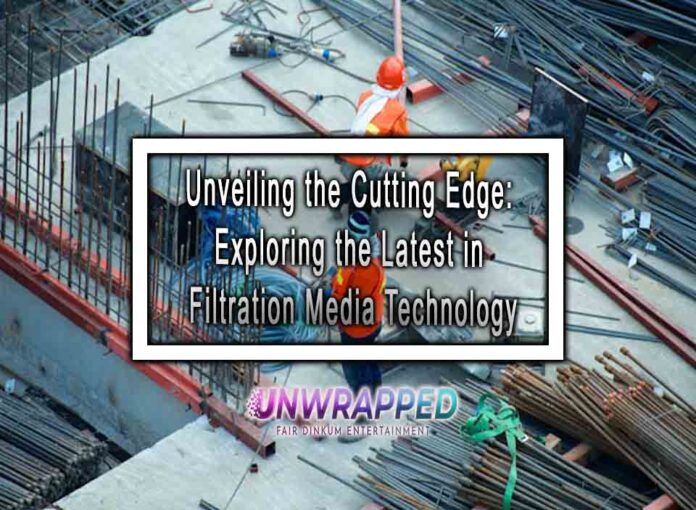Amidst a fast-paced environment of industrial and environmental engineering, where improvement of efficiency, sustainability, and performance are the significant scores to beat, filtration media is the guiding light of progress. Facing the unceasing challenges presented by an increasingly globalised arena, filtration technology sees rising importance as the cornerstone for improved efficiency and environmental protection. Join us as we shed light on the vanguard of innovation, dismantling the intricate layers that cloak the latest evolution of filtration media technologies. These groundbreaking achievements push the limit of what is considered feasible. Together, they hold the future of many filtering processes, such as water treatment, air purification, and pharmaceutical research. These advancements pave the way for the tailored application of different filtration media for various industries, underscoring the adaptability and versatility of this transformative technology.
Filtration media, the unspoken heroes behind water, air, and energy purification, are being significantly upgraded. From conventional sand and gravel to modern innovations, including activated carbon and polymers, the width and depth of filtration media are broader than ever before, responding to the different needs of the diversified fields.
Nanotechnology is one of the most significant revolutionary breakthroughs. Nanofiber-based filtration media has developed a revolutionary technology to provide limitless filtration efficiency and outstanding contaminant capture. The nanofibers’ unique surface area/volume ratio is the reason behind the media’s advanced particle trapping power, making them essential for aerospace, medical, and other applications.
Besides that, the development of electrospinning methods has defined a new approach for nanofiber filtration medium fabrication, which ensures a high degree of alignment of fibre structures and morphology. This level of accuracy, coupled with engineering solutions tailored specifically to overcome different contaminants and operating conditions, results in optimal performance and resource utilisation.
Furthermore, the integration of innovative materials and functional additives has propelled filtration media into the realm of intelligent systems. From self-regenerating filters to sensors embedded within media matrices, these innovations herald a new era of autonomous filtration, wherein real-time monitoring and adaptive functionality converge to optimise performance and mitigate operational risks.
In parallel, the quest for sustainability has catalysed the development of eco-friendly filtration media derived from renewable sources. Bio-based polymers, natural fibres, and agricultural by-products have garnered significant attention as viable alternatives to conventional filtration materials, offering reduced environmental footprint and enhanced biodegradability without compromising performance.
The versatility of filtration media extends beyond conventional liquid and gas applications, encompassing emerging fields such as membrane separation and electrochemical filtration. Membrane-based media, characterised by precise pore size control and selective permeability, are revolutionising water purification, desalination, and pharmaceutical manufacturing, fostering a paradigm shift towards resource recovery and circular economy principles.
Similarly, electrochemical filtration media, leveraging electrokinetic phenomena and redox reactions, are redefining the boundaries of contaminant removal in aqueous systems. From heavy metal remediation to wastewater treatment, these electroactive media hold immense potential for addressing complex pollution challenges and facilitating sustainable water management practices.
In conclusion, the landscape of filtration media technology is currently experiencing a renaissance, fueled by a trifecta of factors: unrelenting innovation, environmental needs, and better performance. The interplay of those factors runs the industries ahead, triggering them to adopt and adapt to the newest nanotechnology, innovative materials, and green solutions. With the advancement of these technologies and their continuous integration with the existing ones, the opportunities only multiply exponentially, opening up new horizons where the new era is marked by greater efficiency, resilience, and environmental sustainability.
At the edge of this transformative era, we should acknowledge and embrace the immense contribution of filtration media technology engines. The critical role of filtration technology extends beyond its immediate applications to become an engine for change, evading the precedents and leading to a collective dream for a cleaner, healthier and more environmentally friendly world. Together, let us set out on the exploration trail with our eyes and minds wide open and steadfast determination, employing powerful media outlets to guide us through the challenges, which ultimately will lead us to a brighter future.










